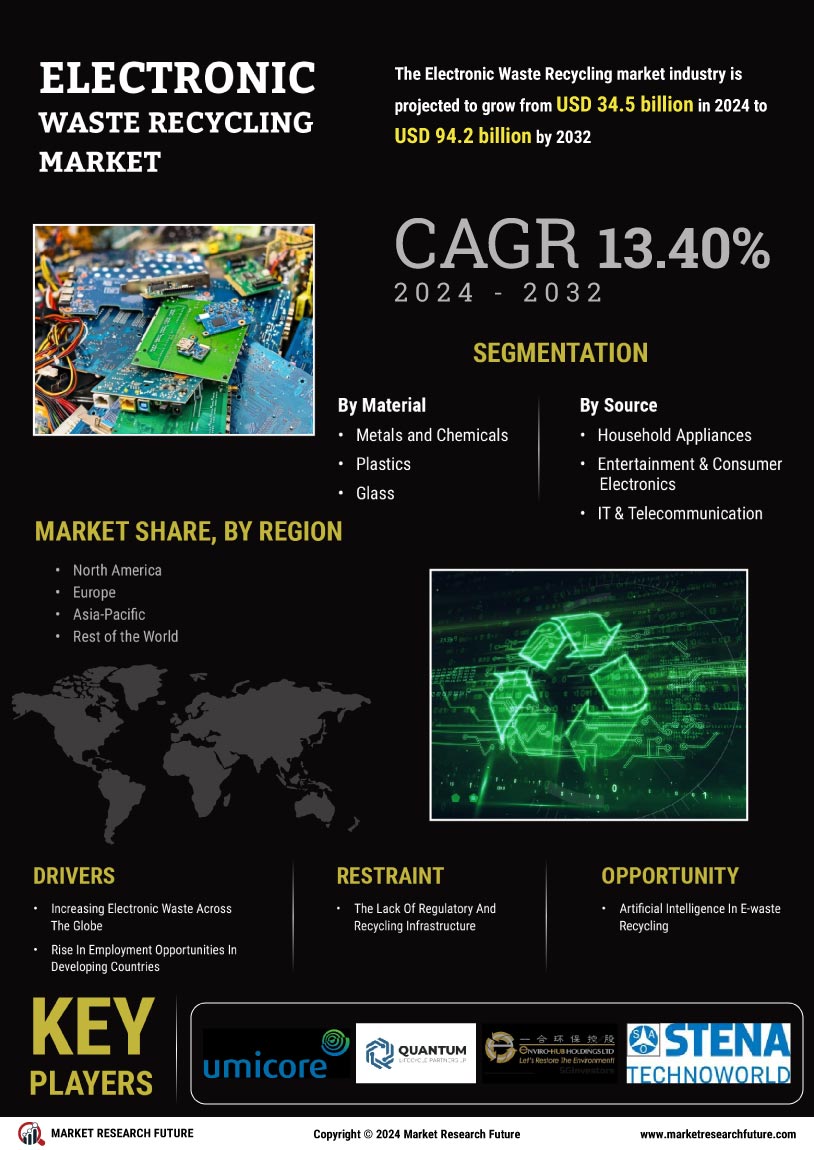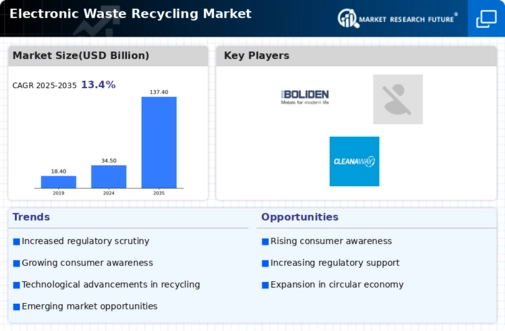March 2023: State-owned Bharat Petroleum Corporation Limited (BPCL) announced over the weekend it launched Sound Management of Waste Disposal (SMW), an initiative designed as part of a sustainable development program aimed at reducing e-waste through proper handling, such as recycling. “The company has issued a directive on e-waste management across the organization for effective management, including timely disposal in line with the statutory requirement,” said BPCL spokespeople.
In addition, they are committed to circularity resources by diverting non-hazardous scrap materials like E-waste, which should be sent only via registered recyclers where then those items can either be recycled again or refurbished accordingly depending upon their condition so far during FY2021-22 we have disposed of around 2.57 tonnes.
September 2022: Samsung Electronics today unveiled its new environmental strategy, a comprehensive plan to align with global efforts in addressing climate change. Among the goals are to achieve net zero carbon emissions across its entire business operation, to use more renewable energy, and to invest in researching technologies that will enable the development of energy-saving products while increasing water recycling capacity and carbon capture capabilities.
Central to these commitments is also an aim at achieving net zero carbon emissions (Scope 1 & Scope 2) from all Device eXperience (DX) Division sites by 2030 before making this applicable worldwide within the company, including those under Device Solutions (DS) Division, come the year 2050.
As part of its commitment to sustainability within its operations, Getnet Brazil, a subsidiary of PagoNxt specializing in payment technology and solutions, just launched a card machine made from recycled parts that were sourced out of waste electrical equipment commonly referred to as e-scrap, thereby becoming first ever company globally who managed to achieve this milestone achievement together with others namely Newland; Paytec; Brasil Reverso etcetera henceforth every single one any model POS delivered by Newland shall have been built incorporating reused components but not limited thereto.
October 2021 Umicore has joined the Global Alliance for Trade Facilitation in Geneva, including some of the world's biggest manufacturers, merchants, and logistics companies. Umicore joins Alliance in supporting the World Trade Organization's Trade Facilitation Agreement, which aims to make cross-border trade easier, faster, and less expensive.
October 2021 Umicore has inked a long-term lithium supply agreement with Ganfeng Lithium Co. Ltd, China and Vulcan Energy Resources, Australia, bolstering its lithium supply capabilities as demand for electric vehicle batteries grows. These long-term agreements will provide Umicore with a more sustainable and regional supply of this critical raw material to address the growing demand for cathode materials from its global automotive customers as the transition to electromobility accelerates in key regions. The long-term agreement is signed for five years, with the option of an extension if both parties agreed.
The arrangement with Vulcan, a German-Australian lithium producer, will go into force in 2025. It will cover a portion of Umicore's lithium hydroxide requirements in Europe, allowing the company to purchase between 28,000 and 42,000 tonnes over the contract's duration.
July 2021 Umicore and ENGIE, France, have inked a long-term corporate power purchase agreement (PPA) to deliver renewable electricity to Umicore's greenfield project in Nysa, Poland. It will be Europe's first plant to create cathode materials and essential components of rechargeable Li-ion batteries used in electric vehicles. ENGIE will generate green electricity at its 100 percent-owned wind farm near Pgów, Poland's Opole district. The PPA will allow ENGIE to ensure the wind park's economic viability after the existing subsidy arrangement expires.
At the same time, the PPA will help Umicore achieve its goal of carbon neutrality by 2035 by ensuring a long-term renewable energy supply for the Nysa plant.














Leave a Comment